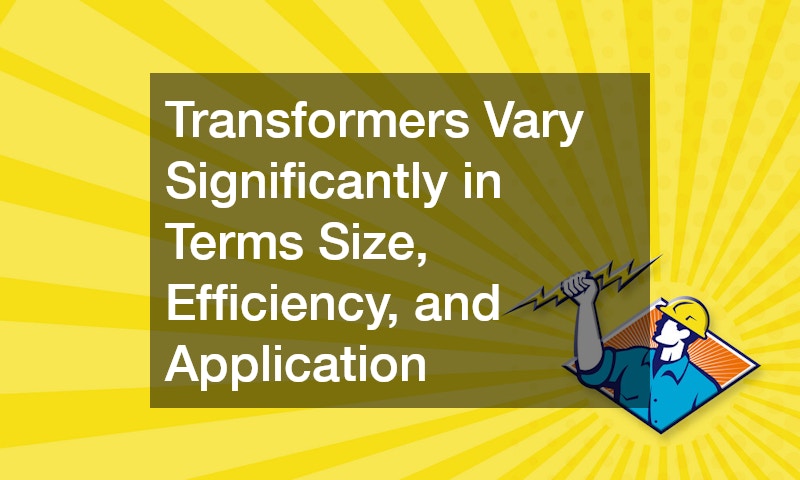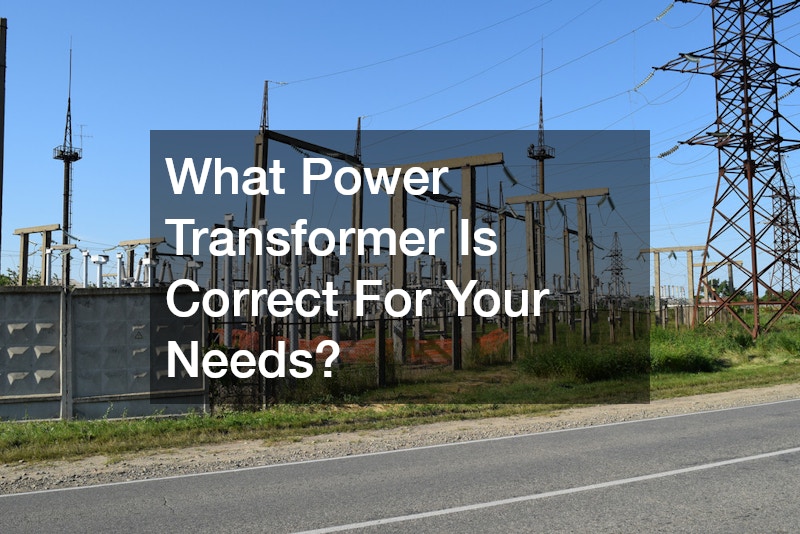Power transformers are essential components in managing and distributing electrical energy effectively. They play a crucial role in stepping voltage levels up or down between circuits, thereby ensuring that electricity can be transmitted across long distances without significant losses. When choosing a power transformer, it is crucial to understand the fundamental principles underlying its design and function to make informed decisions that align with your specific requirements.
The primary purpose of power transformers is to transfer electrical energy between circuits through electromagnetic induction. This allows for adjustments in voltage levels, which is especially critical in ensuring that power can be efficiently transmitted over vast distances. Without power transformers, the infrastructure needed to deliver energy from generation sites to consumers would be less efficient and significantly more expensive.
It’s important to note that power transformers vary significantly in terms of their size, efficiency, and application. The choice of transformer depends on the specific needs of the user’s electrical system. Understanding these variations will guide you in selecting a transformer that best suits your power distribution needs, ensuring reliability and cost-effectiveness.
Key Factors to Consider When Selecting a Power Transformer
Determining the right power transformer for your needs requires a deep understanding of several key factors. Firstly, consider the voltage level requirements of your system. Transformers are designed to either step-up or step-down voltage, so knowing the voltage at both the input and output points is vital. Selecting a transformer with the correct voltage rating ensures efficient power transfer and helps prevent potential electrical failures.
Another crucial factor is the capacity or load rating of the transformer. This refers to the maximum power output the transformer can handle safely. It’s essential to select a transformer that not only meets your current load requirements but also accommodates potential future expansions. Overloading a transformer can lead to inefficiency and even damage, leading to increased maintenance costs and reduced lifespan of your electrical equipment.
Additionally, it’s important to consider the environmental conditions where the transformer will be installed. Transformers can be affected by temperature, humidity, and exposure to the elements. Depending on the specific conditions of your site, you may need to choose between an indoor or outdoor transformer. Furthermore, considerations like cooling methods and insulation types may impact the longevity and reliability of the transformer.
Different Types of Power Transformers and Their Applications
There is a wide range of power transformers available, each designed for different applications and requirements. Distribution transformers, for instance, are typically used in electrical grids to lower voltage levels for safe local distribution. They play a vital role in ensuring the voltage provided to residential and commercial buildings is suitable for everyday use, enabling devices to function safely and efficiently.
On the other hand, power transformers used in industrial applications are often larger and have higher capacity ratings. These transformers are designed to handle the substantial loads typical in manufacturing and industrial operations. Selecting the correct industrial transformer is crucial for maintaining the operational efficiency of industrial equipment and minimizing energy losses.
Special-purpose transformers such as autotransformers and isolation transformers serve niche applications. Autotransformers are particularly efficient in applications where the voltage needs only a slight adjustment, making them ideal for use in laboratories and testing facilities. Isolation transformers provide electrical isolation between two circuits, which is critical for ensuring safety and protecting sensitive equipment from voltage spikes.
The Importance of Efficiency and Lifecycle Cost in Transformer Selection
The efficiency of a power transformer is a critical consideration, impacting both operational costs and environmental impact. An inefficient transformer can lead to higher energy losses, translating to increased operational costs over time. Investing in a transformer with high efficiency may have higher initial costs but typically yields savings in the long term.
Lifecycle cost analysis is an essential tool in evaluating transformer options. It encompasses initial purchase costs, installation costs, maintenance expenses, energy losses, and the expected lifespan of the equipment. By taking a comprehensive view of these factors, you can make more informed decisions that balance upfront expenditure with long-term savings and system reliability.
Additionally, choosing energy-efficient transformers supports wider sustainability initiatives by reducing the environmental footprint of your operations. Many manufacturers now offer eco-friendly transformers that minimize greenhouse gas emissions and energy waste. As energy efficiency standards become increasingly stringent, selecting the right power transformer becomes not only a matter of cost-effectiveness but also a commitment to sustainable energy practices.


